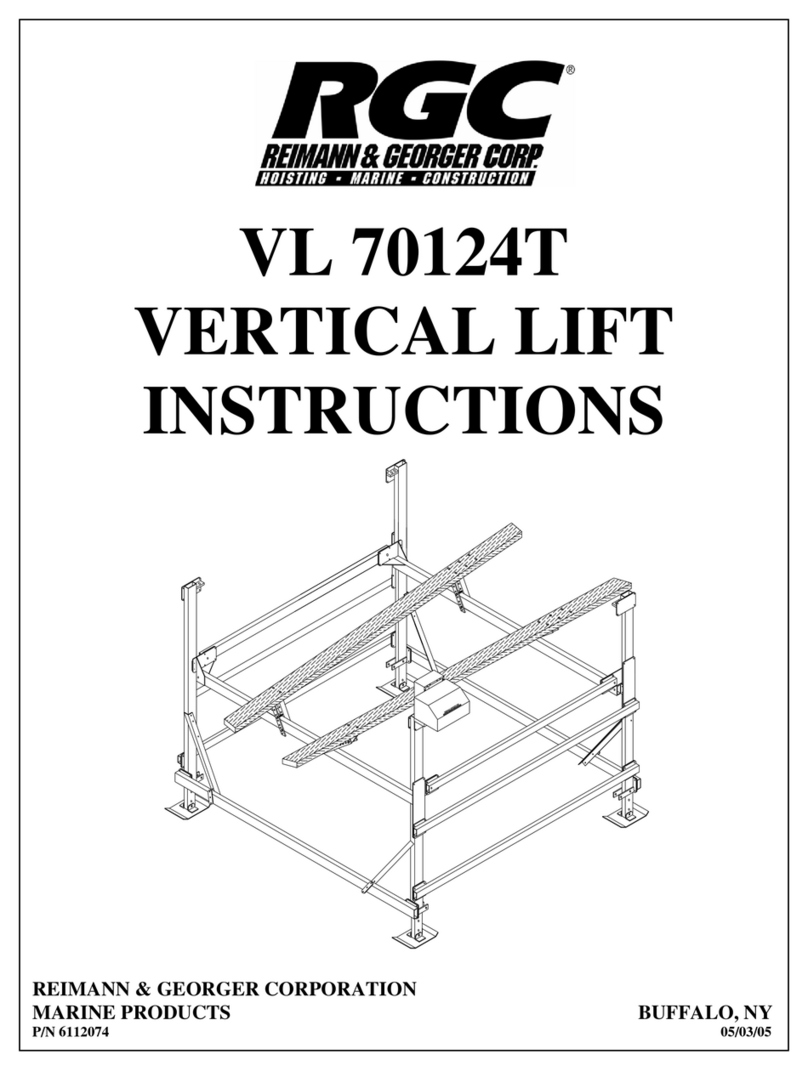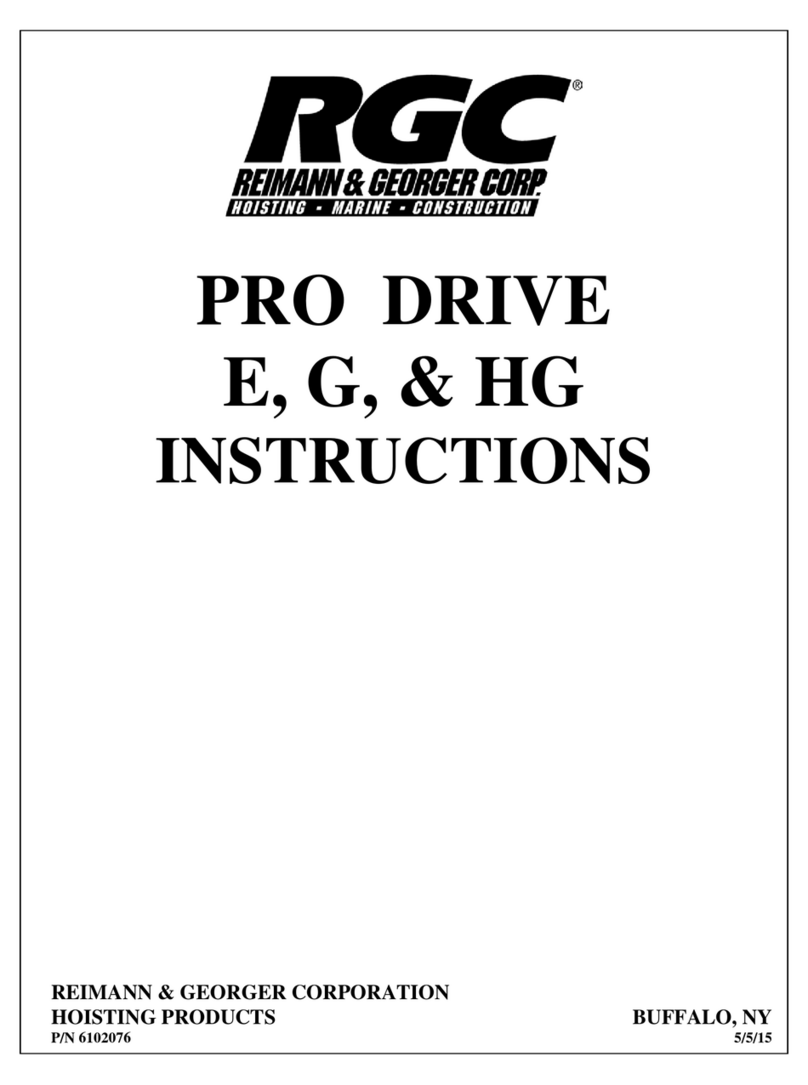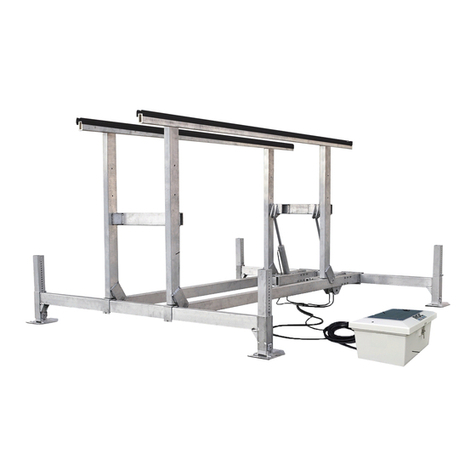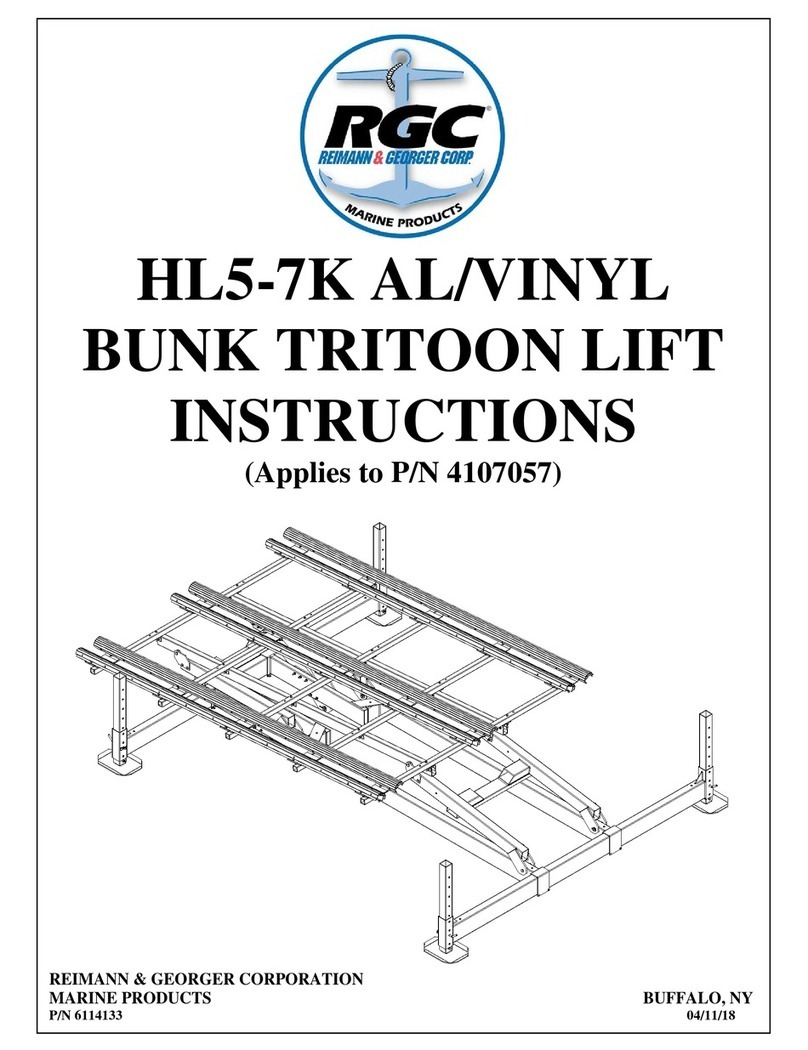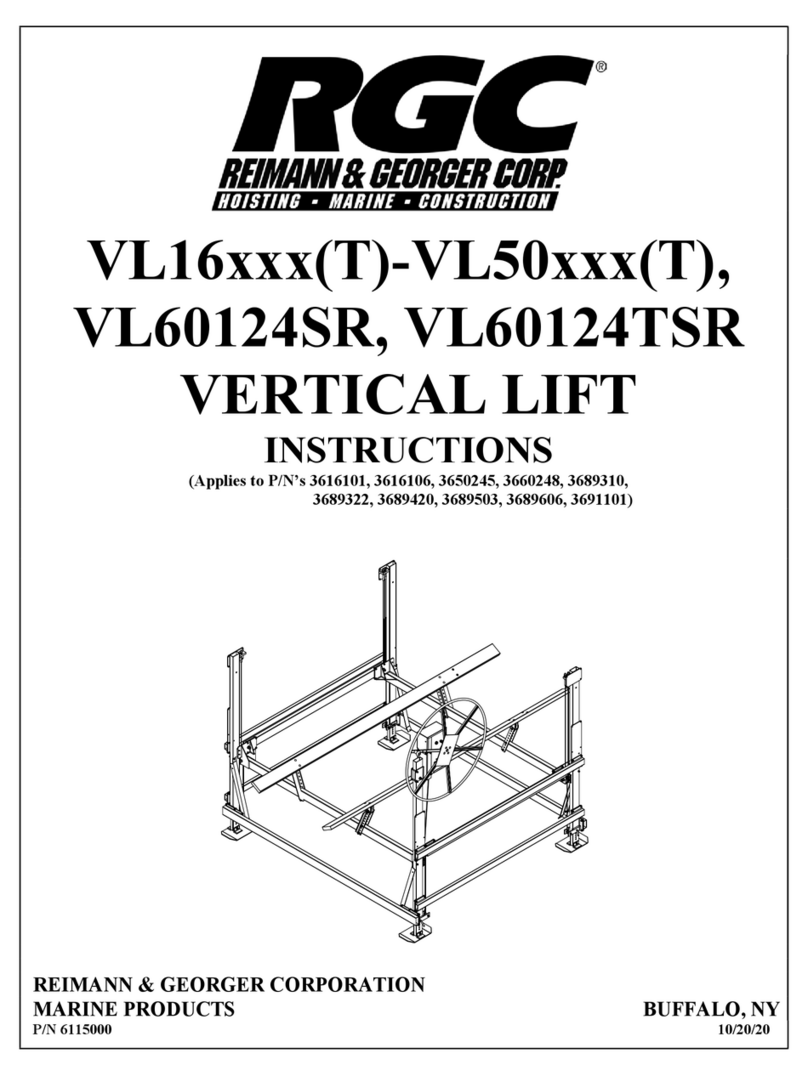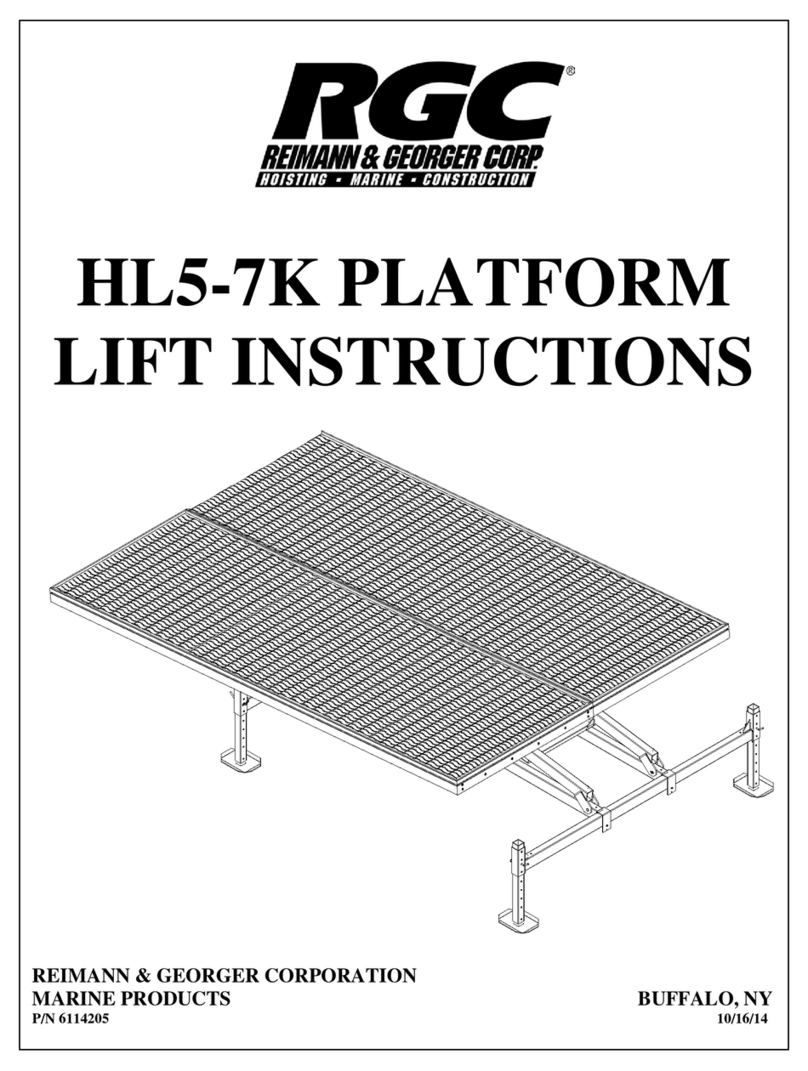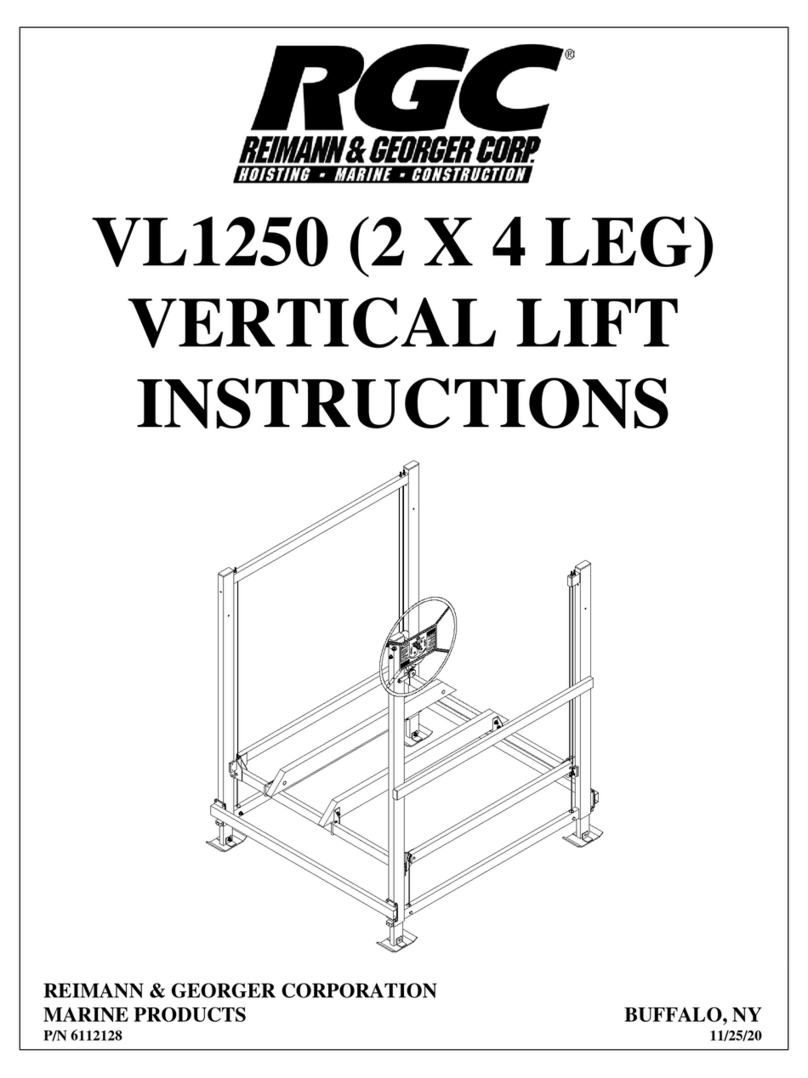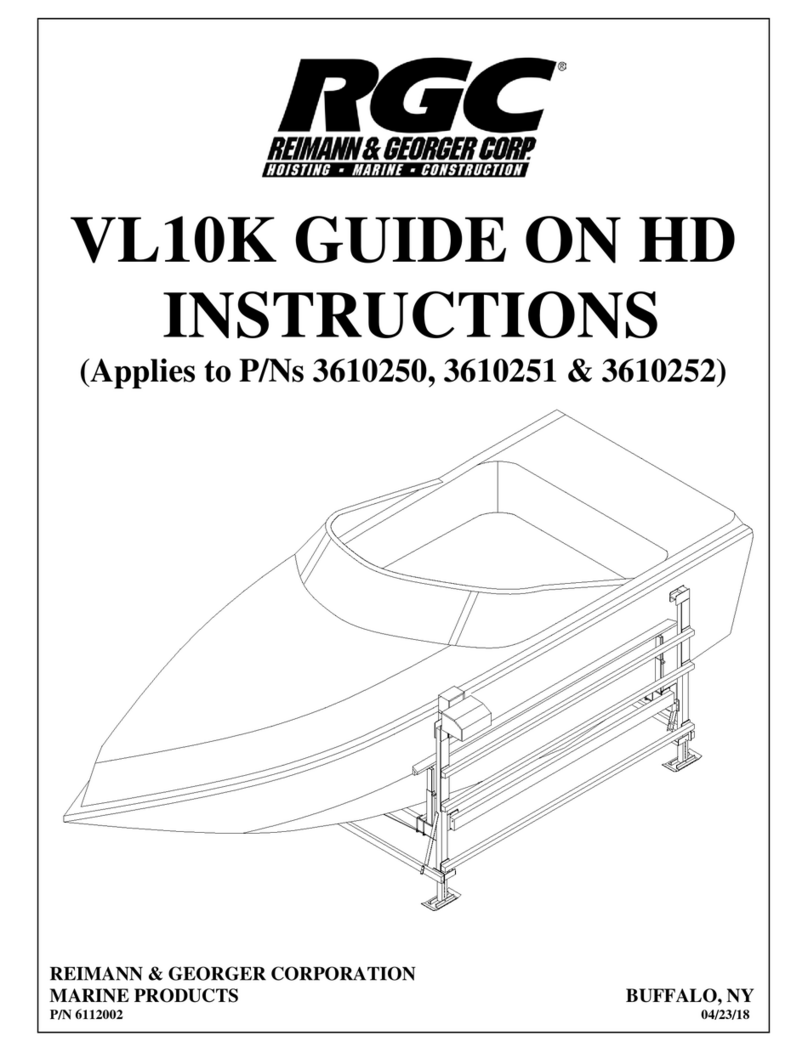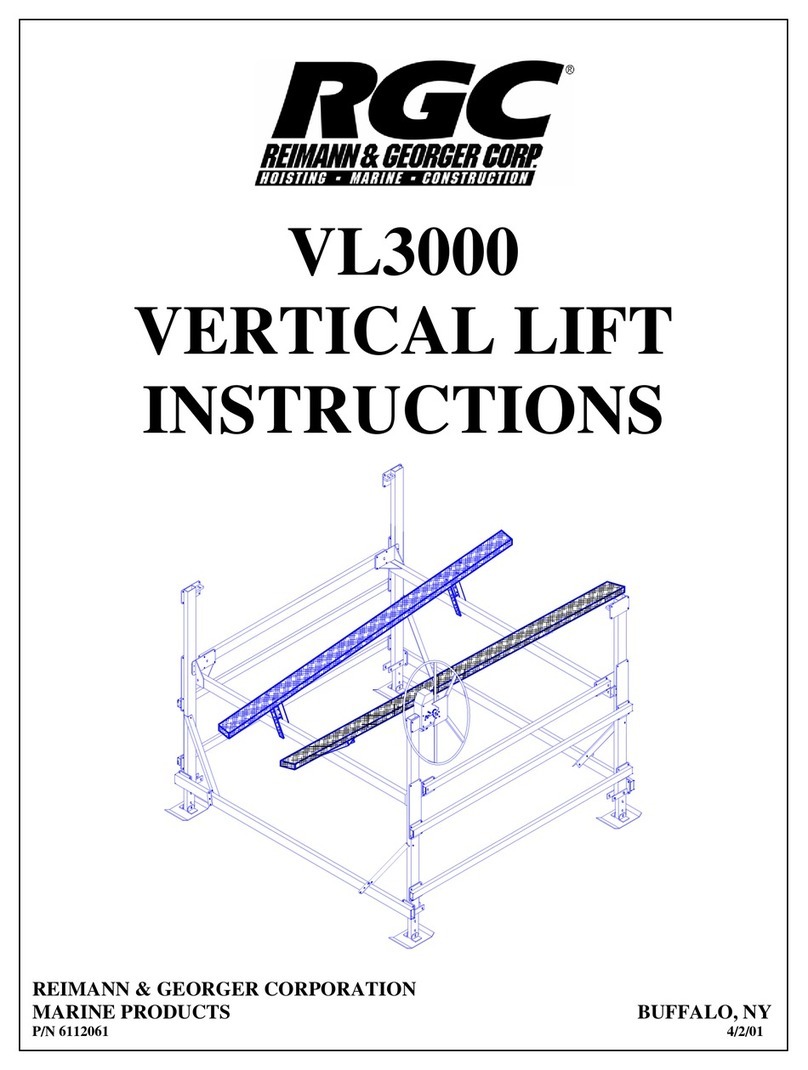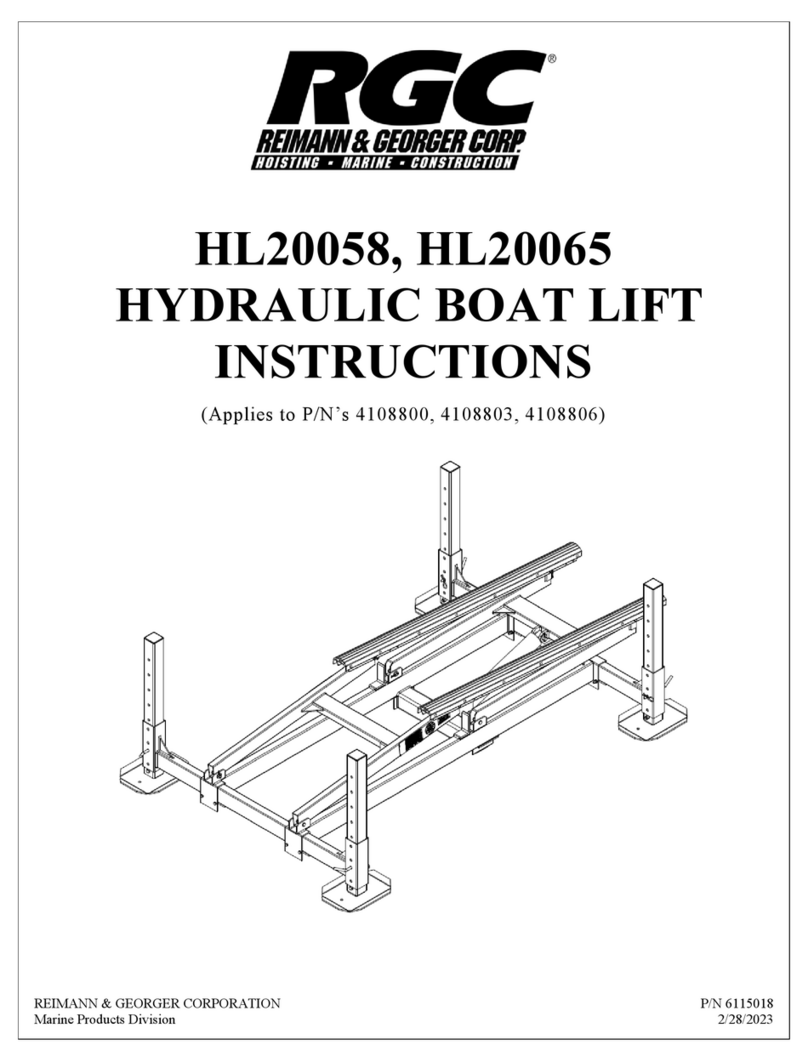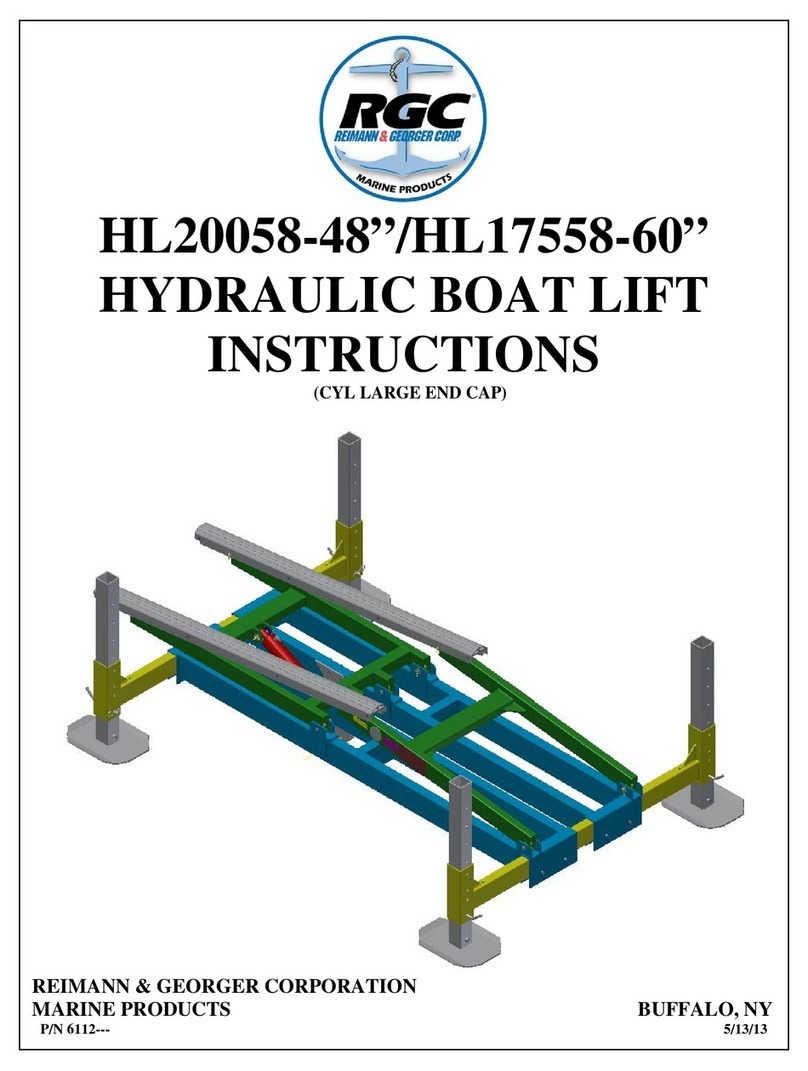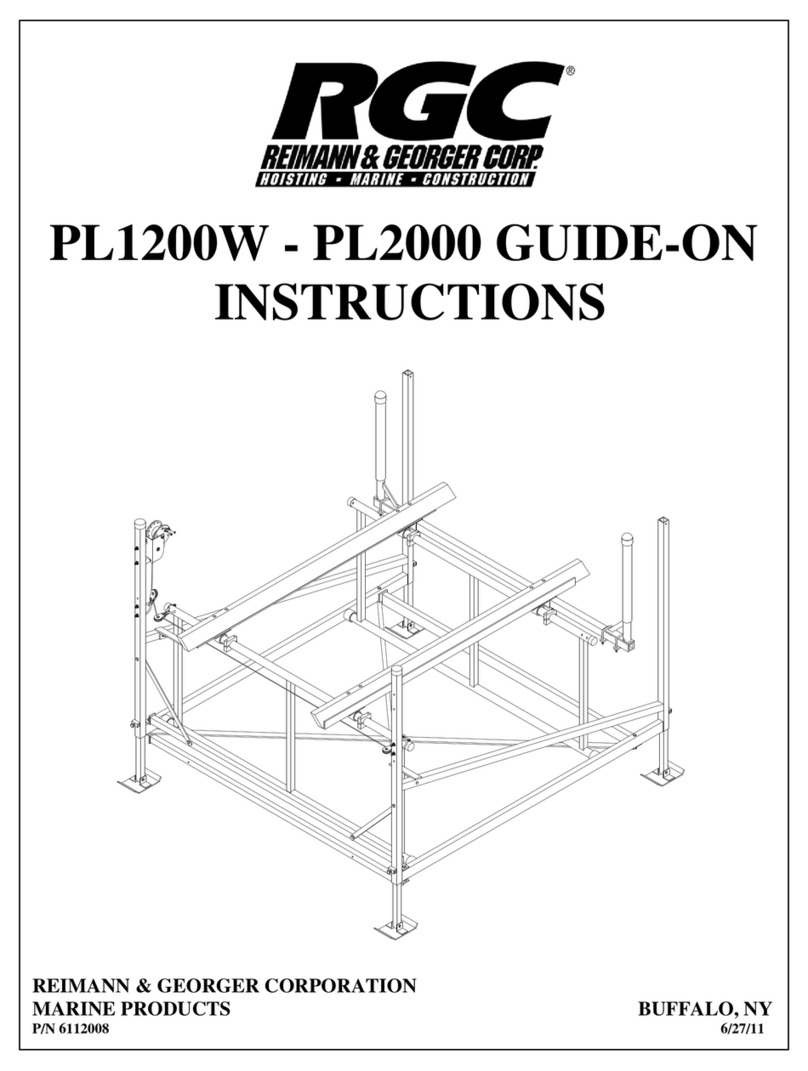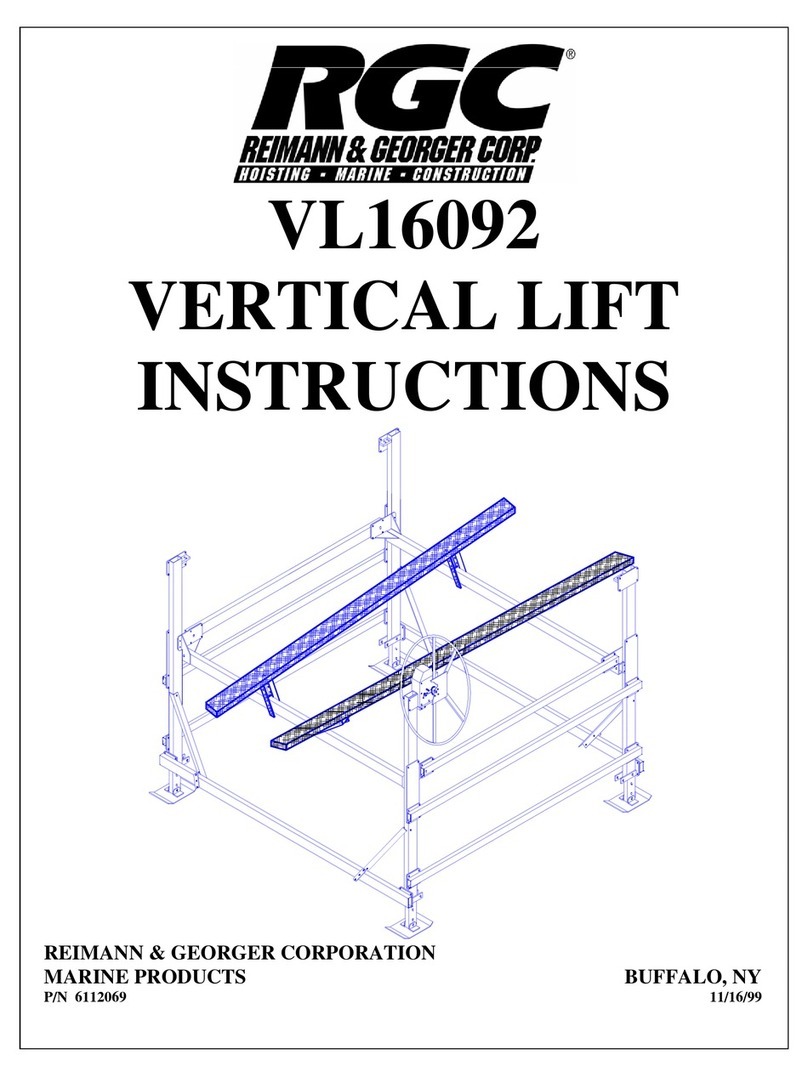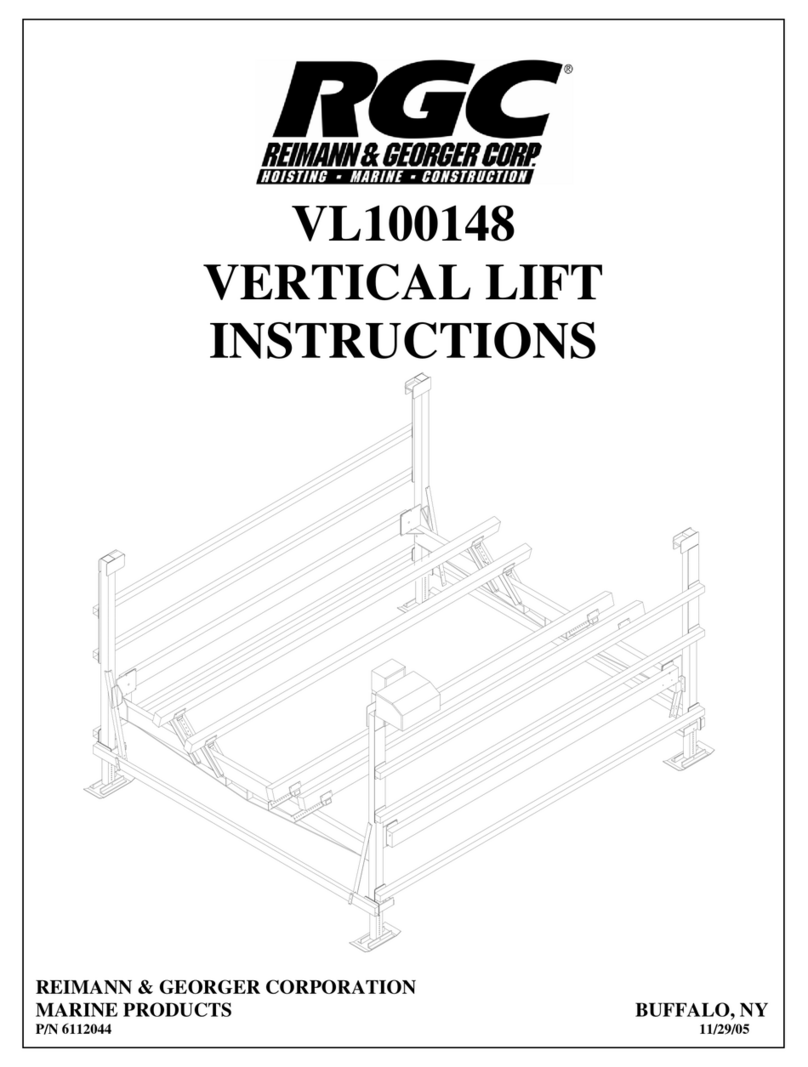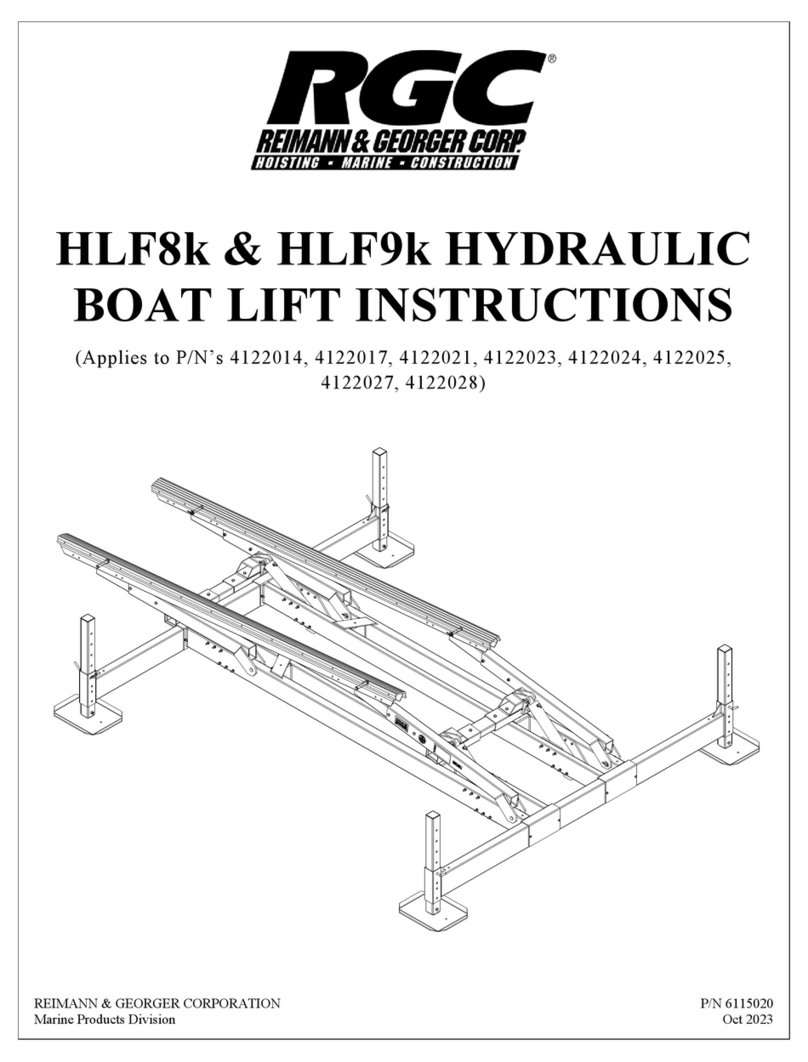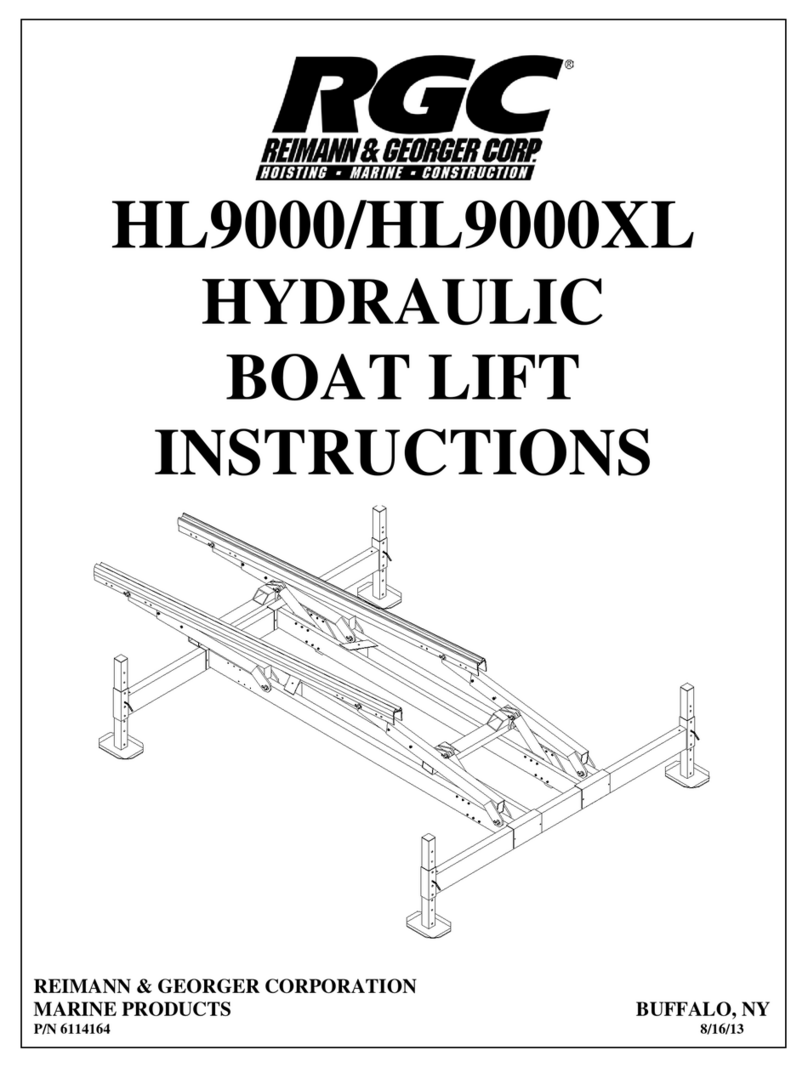
1
Contents
PRE-LIFTING CHECKLIST .......................................................................................................................................... 3
SAFETY ........................................................................................................................................................ 4
1.1. INTRODUCTION ............................................................................................................................................... 4
1.2. SAFETY DEFINITIONS .................................................................................................................................... 4
1.3. EQUIPMENT SAFETY LABELS ...................................................................................................................... 4
1.4. EQUIPMENT AND PERSONNEL SAFETY .................................................................................................... 4
1.5. INSTALLATION SAFETY ................................................................................................................................ 5
1.6. OPERATING SAFETY ...................................................................................................................................... 5
1.6.1. General ............................................................................................................................................................ 5
1.7. 1.7 MAINTENANCE AND STORAGE SAFETY ............................................................................................ 5
SPECIFICATIONS ....................................................................................................................................... 6
2.1. TECHNICAL DATA .......................................................................................................................................... 6
2.2. NAMEPLATE AND SERIAL NUMBER TAG ................................................................................................. 7
2.3. OPTIONAL EQUIPMENT ................................................................................................................................. 7
INSTALLATION AND SETUP ................................................................................................................... 8
3.1. PRE-INSTALLATION CHECKS ....................................................................................................................... 8
3.2. PRIOR TO SETUP .............................................................................................................................................. 9
3.3. VERTICAL LEG ASSEMBLY ........................................................................................................................ 10
3.4. FRAME SIDE ASSEMBLY ............................................................................................................................. 11
3.5. PLATFORM ASSEMBLY ............................................................................................................................... 12
3.6. MOUNTING THE PLATFORM TO THE FRAME ......................................................................................... 12
3.7. PLATFORM REEVING AND ADJUSTMENT ............................................................................................... 13
3.8. REEVING THE HYDRAULIC CYLINDER ASSEMBLY ............................................................................. 14
3.9. HYDRAULIC HOSE ROUTING ..................................................................................................................... 15
3.10. MOVING LIFT TO OPERATING POSITION ................................................................................................ 15
OPERATION............................................................................................................................................... 16
4.1. BEFORE OPERATING THE LIFT .................................................................................................................. 16
4.2. TESTING LIFT OPERATION ......................................................................................................................... 16
4.3. TESTING LIFT WITH REMOTES .................................................................................................................. 16
4.4. RAISING AND LOWERING THE PLATFORM ............................................................................................ 17
4.5. SECURING LIFT WHEN NOT IN USE .......................................................................................................... 17
INSPECTION AND MAINTENANCE ...................................................................................................... 18
5.1. GENERAL MAINTENANCE RULES ............................................................................................................. 18
5.2. WIRE ROPE INSPECTION PROCEDURE ..................................................................................................... 18
5.3. ANNUAL INSPECTION .................................................................................................................................. 19
5.4. REMOTE CONTROL INFORMATION .......................................................................................................... 19
5.5. STORAGE PROCEDURE ................................................................................................................................ 19
5.6. HYDRAULIC SYSTEM FLUSH ..................................................................................................................... 20
TROUBLESHOOTING .............................................................................................................................. 21
PARTS LISTS ............................................................................................................................................. 24












